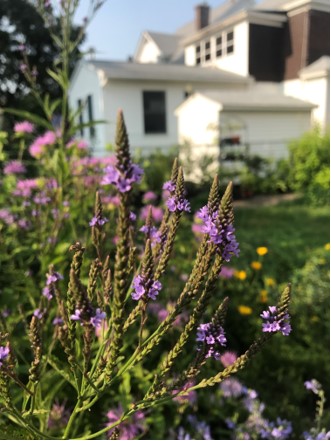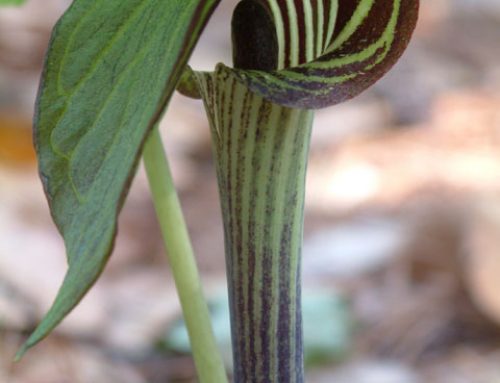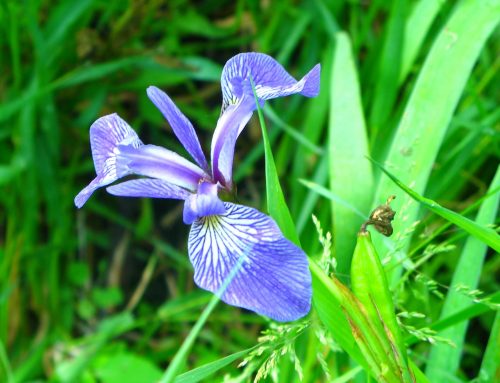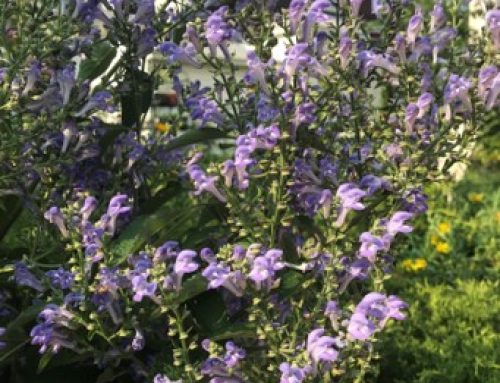Description
Blue Vervain – Verbena hastata
Blue Vervain has lilac purple spiked flowers open from the bottom to the top in the heat of July on 3-4 foot plant. Blooms July to September. Reliable and hardy plant. Can be pinched back several times during the growing season to encourage branching and a bushier growth habit. In small spaces, dead-heading is recommended to prevent spreading by seed, as each branch seeds prolifically. The leaves often show signs of insects, this plant feeds the world, but is unbothered by the attention. They are old friends.
Care:
- Light: Full to Part Sun
- Soil: Moist to Dry, Draught Resistant
- Height/Spread: 3-4 feet High/2-3 feet Wide
Attributes:
- Deer Resistant
- Host to the Verbena Moth and Common Buckeye Butterfly
- Native Bees including a specialist pollinator, the Verbena Bee, enjoy the nectar.
- Seeds feed several songbirds, including the Cardinal, Swamp Sparrow, Dark-Eyed Junco.
Cultural History:
Blue Vervain is used internally to treat depression, fevers, coughs, and headaches. Topically used for acne, ulcers and cuts. The USDA warns that Blue Vervain can interfere with blood pressure medications and hormone therapy; large doses lead to vomiting and diarrhea. In ancient times, the plant was thought to be a holy cure-all, and Verbena is literally Latin for Sacred Plant. In the William Faulkner short story “An Odor of Verbena”, verbena is “the only scent that can be smelled above the smell of horses and courage”. In the young adult series “Vampire Diaries”, vervain is used to protect humans from vampires.




